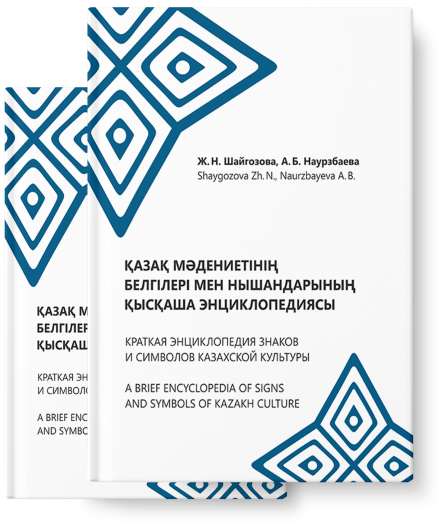
A short encyclopedia of
Signs and symbols of
Kazakh culture

Another, no less important headgear for men and girls was the borik. Its shape varied according to the sex of the owner, but in any case valuable fur of otter, beaver or fox was sewn on the underside of the hat. It is believed that the term ” börik” comes from the word “böri” – wolf. As is known, the wolf fur – a sign of the wolf tribe – was worn on the head by the Huns, and since then every fur cap is called bürik ( börik ) by all Turks. This cap symbolizes in all its meaning the sacred significance of the wolf, its role as a totem-predecessor and protector.
Girls have crowned börik with owl feathers, the same garment was worn by young dzhigits: singers, akyns, i.e. people of creative activity. Wearing by representatives of esoteric steppe tradition once again emphasizes the sacral status of this headgear.
Otters (kūndyz) and beavers (kamshat) were valued not only for the quality of their fur, but also seemed to be fertile animals, which led to their use in decorating this börik. Girls’ headdresses were decorated with silk fringe, beads, coral and others. White and red colors dominated the girls’ headdresses
Kazakhs called BÖRIK “kieli” (sacred), which should not be thrown and hung as high as possible

